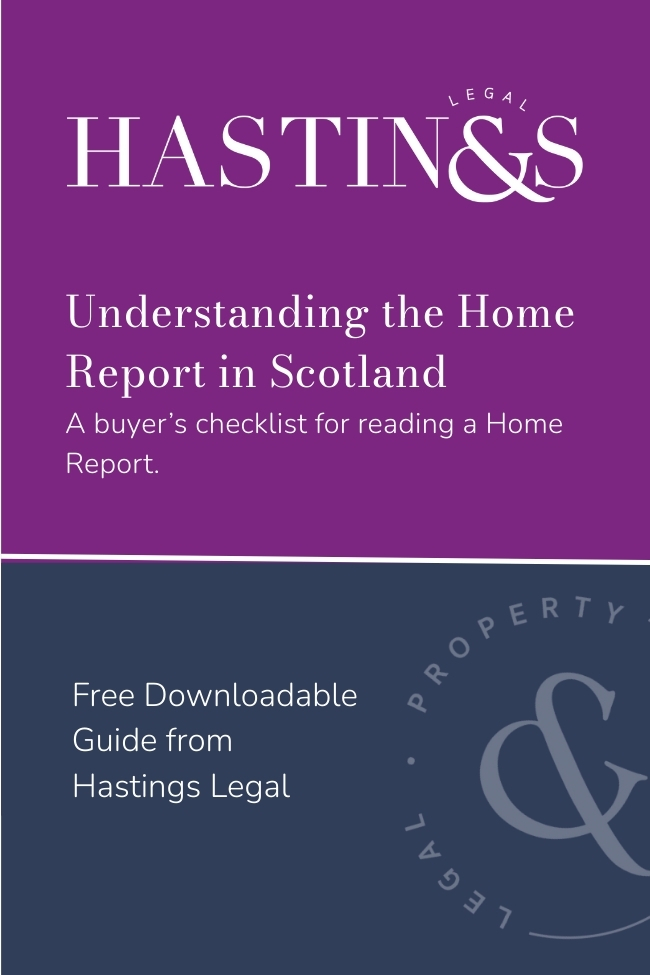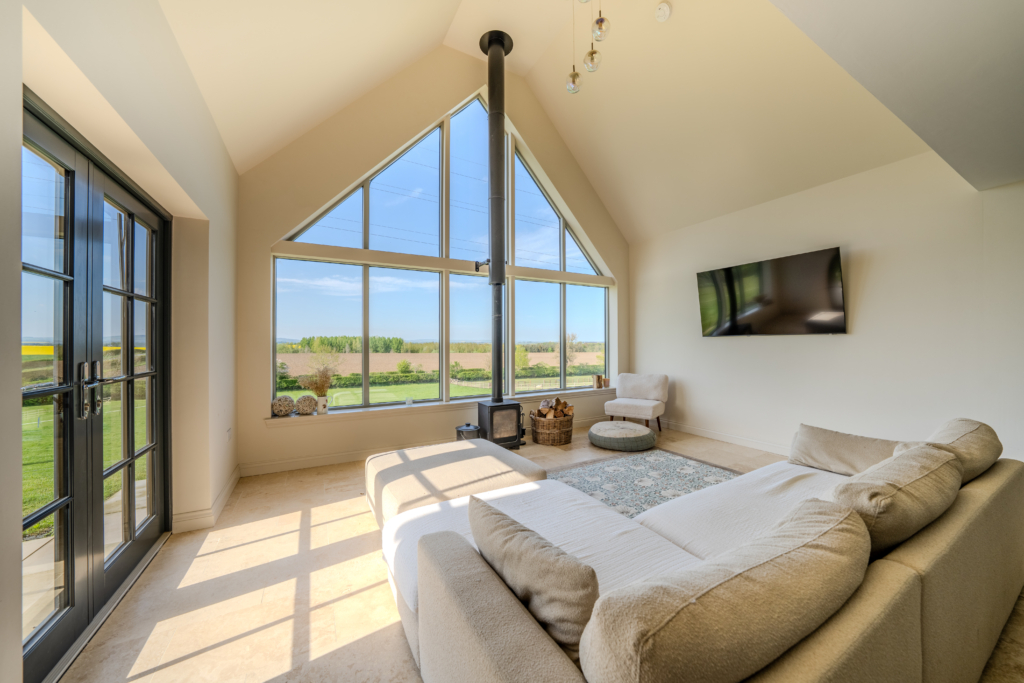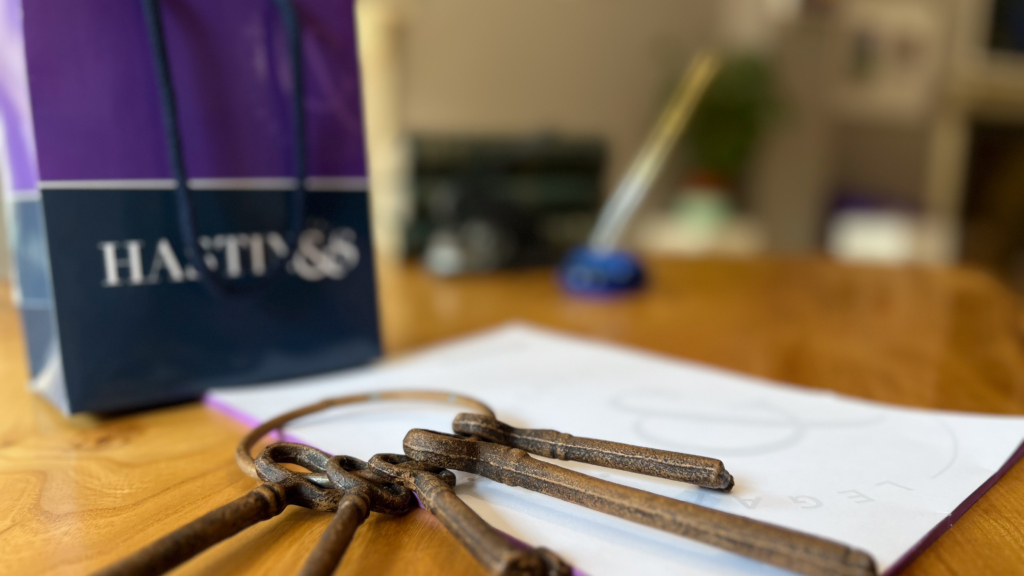In Scotland, most properties marketed for sale must be accompanied by a Home Report. This provides essential information to help buyers understand the value, condition, and running costs of a property before deciding whether to view or make an offer.
This guide is designed as a straightforward Scottish property survey guide, helping you read and understand the Home Report with confidence.
What the Home Report Includes
1. Single Survey
Prepared by a surveyor, this section covers:
- Valuation – the professional view of the property’s market value.
- Condition – each key part of the home, from the roof to the electrics, is given a rating:
- 1 – no immediate issues
- 2 – repairs or replacement may be needed in future
- 3 – urgent repairs required now
- Accessibility features – such as step-free access or adaptations.
Example: A rating of “3” for windows may mean replacement is needed soon, but this is common in older properties and rarely a reason not to proceed.
2. Energy Report
This is the property’s Energy Performance Certificate (EPC). It sets out:
- The current energy efficiency rating
- Estimated running costs
- Suggestions for making the home more efficient
Example: Many traditional homes are lower-rated for efficiency but still perfectly comfortable with sensible heating and insulation upgrades.
3. Property Questionnaire
Completed by the seller, this section provides practical details:
- Council Tax band
- Alterations or planning permissions
- Warranties and guarantees (e.g. double glazing, damp proofing)
- Any notices from the local authority
Example: If the questionnaire confirms a new roof guarantee, that offers extra reassurance for buyers.
Not All Home Reports Are Equal
Most homes for sale will have a Home Report, but the quality can vary. At Hastings Legal, we use Chartered Surveyors accepted by the majority of mortgage lenders. For buyers, this provides reassurance that:
- The valuation is more likely to be recognised by your lender
- The mortgage process is smoother and faster
- You are less likely to face last-minute surprises if a lender refuses to accept the report
Key Sections to Check Carefully
- Structural movement – most reports confirm there are no significant signs. Where movement is historic or minor, surveyors will usually note it as long-standing and not progressive. This is often the case in older houses and does not necessarily affect value or safety.
- Dampness, rot or infestation – higher damp readings are common in cottages and stone-built homes. Often this relates to condensation or ventilation rather than serious defects. The key is understanding the type of damp and whether it needs monitoring or attention. A specialist damp survey can provide reassurance if you are unsure.
- Roof, walls and windows – surveyors may flag weathering or maintenance needs, particularly on older slate or tile roofs. These are routine points to keep in mind and are rarely urgent.
- Services – electrics, heating and water supplies are visually inspected only. Reports may suggest upgrading older systems, which is normal in houses of a certain age. If in doubt, a specialist inspection can be arranged.
- Alterations – check if completion certificates are available for any extensions or conversions. Most are straightforward, but Hastings Legal can advise if paperwork is missing.
Limitations of the Home Report
A Home Report is a visual inspection only. Surveyors do not move furniture, lift flooring, or test services. Some issues, such as hidden damp or asbestos, may not be visible. This is not unusual — and additional surveys can be commissioned if you want more certainty.
What if Problems Emerge After Purchase?
If a serious defect later appears that was not noted, the surveyor is only liable if negligence can be shown. This is why it is important to:
- Download your personalised copy from Onesurvey (so liability extends to you as the buyer).
- Ask for advice if anything in the report seems unclear or significant.
Properties That Do Not Need a Home Report
Most homes require one, but exceptions include:
- New builds (with a builder’s 10-year guarantee)
- Park homes / retirement lodges
- Multiple dwellings sold as one plot (e.g. a farmhouse with cottages)
In these cases, buyers often instruct their own survey for reassurance. This is one of the most common searches for properties exempt from Home Report Scotland.
How Buyers Should Use a Home Report
- Before viewing: Scan the report to check if the property fits your expectations and budget.
- When offering: Remember that lenders usually rely on the surveyor’s valuation when approving a mortgage.
- For the future: Use the report as a guide for budgeting maintenance and improvements.
Need Guidance?
Buying a home is a major step, and it is normal to have questions about what a Home Report really means. At Hastings Legal, our property and legal teams explain the detail, highlight anything to watch for, and give clear advice before you make an offer.



